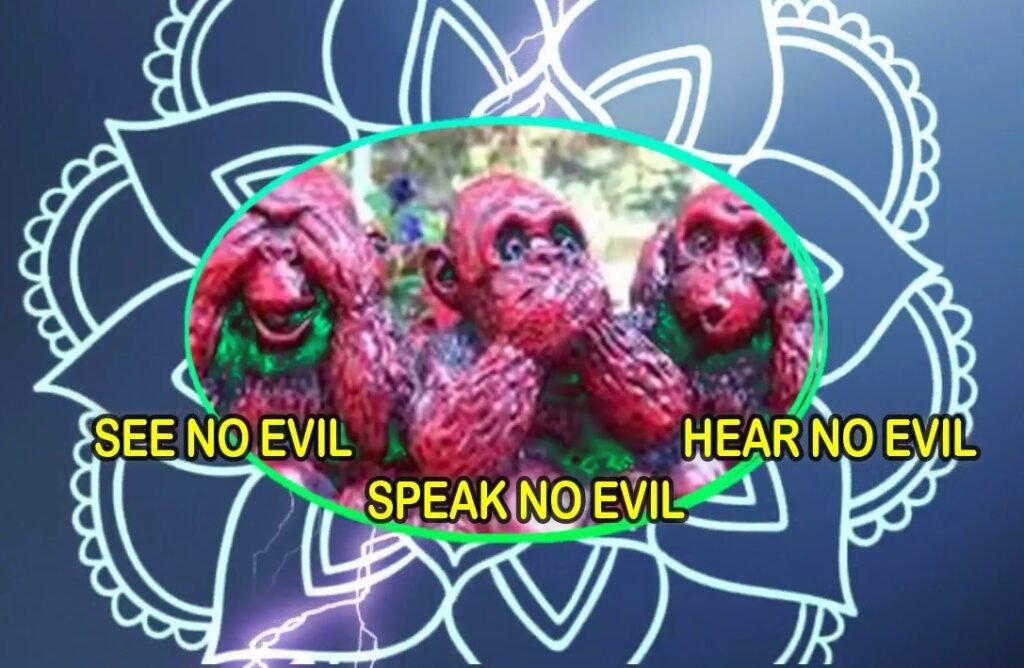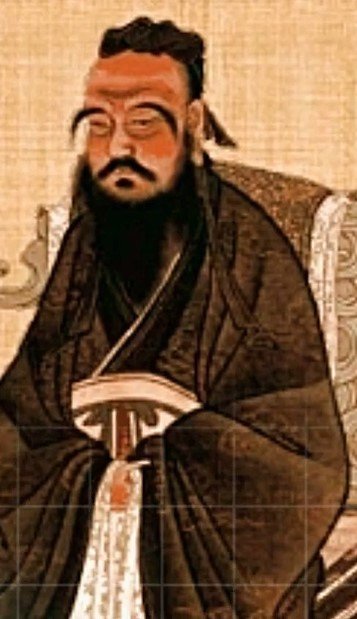Let’s know some facts about the three wise monkeys….
We all know these three monkeys stand for the popular proverbial principle……
SEE NO EVIL……….HEAR NO EVIL…………SPEAK NO EVIL……… is one that has been translated into many different languages and used around the world. Each of the monkeys has a name.
The monkey who has his eyes covered is known as Mizaru.

The monkey covering his ears is named Kikazaru and the monkey with the covered mouth is Iwazaru.
There are various meanings ascribed to the monkeys and the proverb including associations with being of good mind, speech and action. The monkeys are Japanese macaques, a common species in Japan. [Macaques is Short-tailed monkey].
Where did the monkeys come from and why is there sometimes a fourth monkey included with the others?

The source that popularized this pictorial maxim is a 17th-century carving over a door of the famous Tōshō-gū shrine in Nikkō in Japan.
The carvings at Toshogu Shrine were carved by Hidari Jingoro, a famous sculptor in Japan, who made all his sculpturing work with his left hand as he lost his right hand in a tragedy.

Hidari in Japanese means left-hander, and he believed to have incorporated Confucius’s Code of Conduct, using the monkey as a way to depict man’s life cycle. In Chinese, a similar phrase exists in the Analects of Confucius from 2nd to 4th century B.C.

“Look not at what is contrary to propriety; listen not to what is contrary to propriety; speak not what is contrary to propriety; make no movement which is contrary to propriety” It may be that this phrase was shortened and simplified after it was brought into Japan.
The Shrine is a place of worship in Japan like temples.
The shrine at Nikko is a Shinto shrine, and the monkey is an extremely important being in the Shinto religion.
The monkey is believed to be the messenger of the Hie Shinto shrines.
The three wise monkeys, and the associated proverb, are known throughout Asia and in the Western world.
They have been a motif in pictures.
Mahatma Gandhi’s one notable exception to his lifestyle of non-possession was a small statue of the three monkeys.

Today, a larger representation of the three monkeys is prominently displayed at the Sabarmati Ashram in Ahmedabad, Gujarat.
Sometimes there is a fourth monkey depicted, Shizaru, who symbolizes the principle of “do no evil”.
He may be shown crossing his arms The original Hindu and Buddhist version contains 4 monkeys and the fourth monkey covers his genitals.

The Buddhist version means this as “Don’t do anything evil”.
So this is the long story behind the world-popular……..three monkeys….. named as……… Mizaru: SEE-NO-EVIL MONKEY
Kikazaru: HEAR-NO-EVIL MONKEY
Iwazaru: SPEAK-NO-EVIL MONKEY
And the fourth one is Shizaru Do no evil……….
